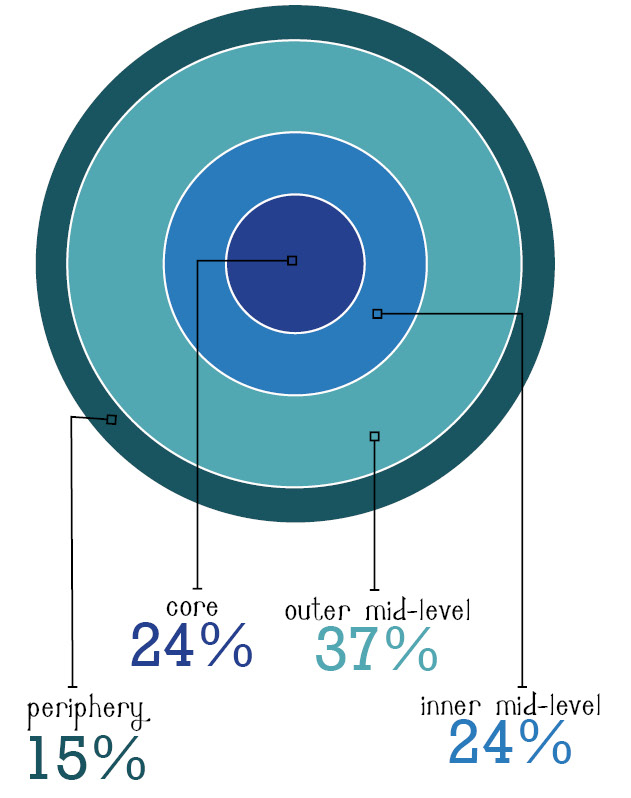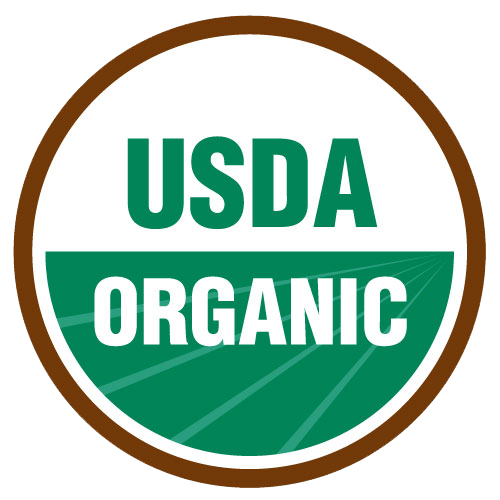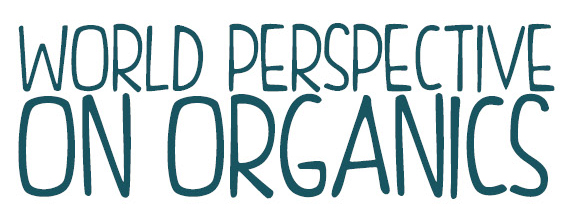The Changing World Perspective on Organics
Consumers are trying more, buying more, and are changing their beliefs about organic foods and beverages. Because of these buying trends, the organic market is becoming much more complex and the lines are blurring between organic and conventional products.
Organics have become widely available in a greater number of brands, categories, retailers, and restaurants and are appearing at lower and competitive prices allowing shoppers to make new choices about the food they consume.
But why the attitude change?
It’s all based on lifestyle choices. The World Model created by the Hartman Group takes into account all individuals, organizations, and cultural practices that shape attitudes surrounding organics.

Core organic buyers are the most involved in the category. They are the trend setters and early adopters. They are the most knowledgeable regarding organic products.
Inner Mid-Level organic buyers represent the majority of organic consumers and are the biggest opportunity for retailers. They aspire to core attitudes and behaviors but apply them with less consistency.
Outer Mid-Level consumers engage with organic produce, often motivated by fear of the unknown consequences of conventional foods and by the fear of missing out of the trend.
Periphery consumers know some general principles and occasionally incorporate organic products into their diet.
Changing attitudes towards organic consumption should help you merchandise your produce department. Clearly mark the organic section or products (and make sure they are not touching).

Make sure products have the organic seal for authenticity. While it is not mandatory to provide, items with this seal often give consumers added assurance that the product is organic. Providing signage with organic facts and figures can increase impulse buys and introduce new consumers to the organic category.


